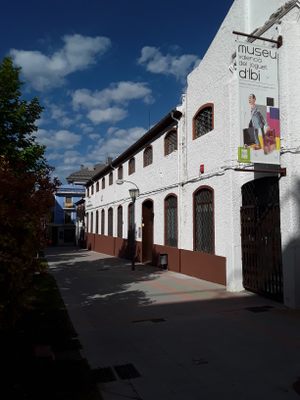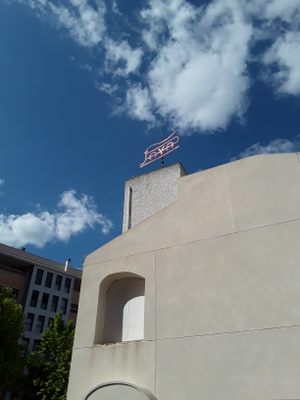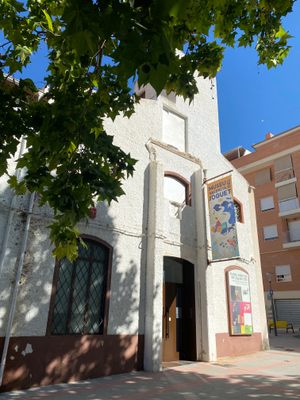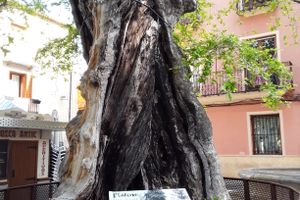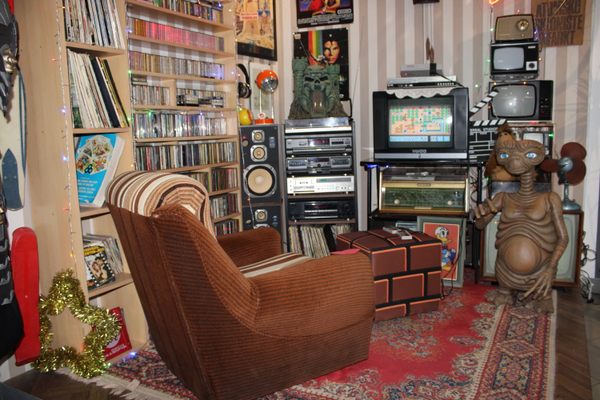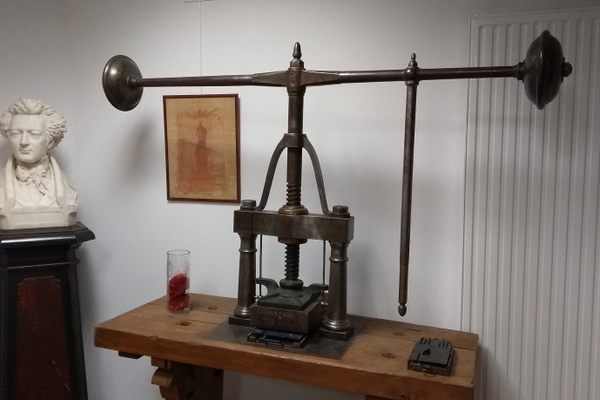About
In 1905 the Payá family of tinsmiths in Ibi, Spain, changed from an enterprise that mainly produced domestic wares to one that produced tinplate toys. This spurred the start of the town’s booming toy industry.
The toy industry became the mainstay of the town by the mid 20th century. The Payá factory, originally an expansion of the family’s home, was the first toy factory in Spain to install a plastic injection molding machine. Even today, Ibi accounts for 40 percent of Spain’s toy production.
But globalization caused this once-dominant industry to decline, and several factories closed in the 1990s, including the original Payá factory. The building still stands though, and today, it houses two small but interesting museums.
One of these is the Valencia Region Toy Museum, which has a fantastic permanent display of historically important toys in part of the old factory. Along one side are large glass windows that allow visitors to look into one of the factory workshops, left in the same condition as the day the factory closed. There is also a room for temporary exhibitions.
At the other end of the old factory is the Ibi Museum of Biodiversity, which is run by the University of Alicante. The top floor is a small but well-put-together natural history museum focused on the local Mediterranean region, the rainforest environment, and the savannah, including a few ethnographic exhibits. The first room you’ll enter at the top of the stairs houses a brilliant exhibition on the illegal species trade, featuring numerous items that were confiscated by customs ranging from ivory to rare mollusks and corals along with numerous arthropods. You also can’t miss the enormous jigsaw puzzle mounted on the wall.
Related Tags
Know Before You Go
Standard admission to each museum is three Euros. Allow about 45 minutes for each museum. There's street parking nearby, but it is often limited.
For the toy museum, the history is well explained in Spanish, Valencian, and a little in English on info boards. The person who sells the tickets will also give you a card in English to make up for any shortfalls on the info boards.
Published
June 7, 2019






